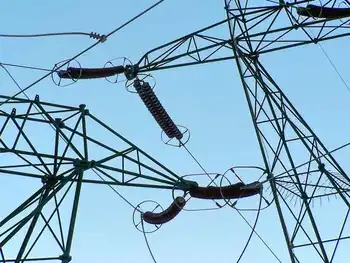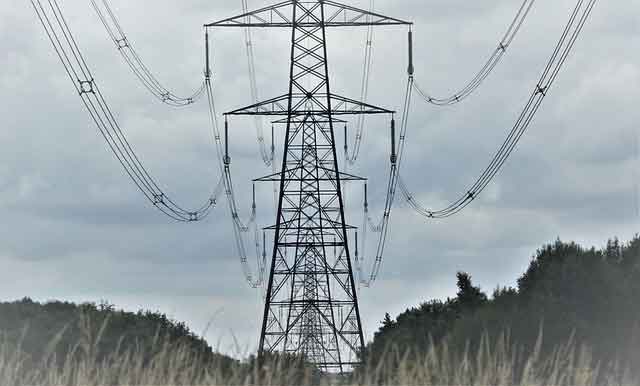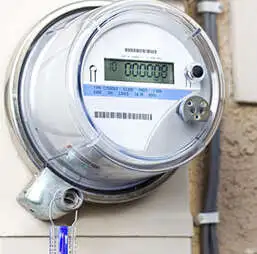Long Island, N.Y. plans 10 new power plants
OTHER LIPA PROJECTS - To avoid running low on power next summer, the Long Island Power Authority (LIPA) announced on Monday a program to build 10 turbine generators on Long Island that will add 408 megawatts (MW) of electric supply.
LIPA, the state-owned electricity provider to just over a million customers in Nassau and Suffolk counties in New York, made the announcement in a media advisory on Monday.
"We have just barely enough power to meet our summer forecast right now," LIPA spokesman Michael Lowndes told Reuters.
The new turbines will be small, environmentally clean peaking plants, Lowndes said. Peaking plants are normally operated during the hours of highest seasonal load, like on the hottest summer days or the coldest winter days.
One megawatt is enough electricity for about 1,000 homes. These turbines, if built, will therefore meet the electric needs of about 400,000 Long Island homes.
"These 10 turbines will be in addition to other projects that have already been proposed," Lowndes said. He said LIPA was confident the new facilities would be built.
It takes about a year to develop and build power plants with a generating capacity of 80 MW or less.
Last summer, another state-owned power company, the New York Power Authority (NYPA), built 10 small turbines in New York City and one on Long Island to help the City meet its growing demand for electricity.
Several environmental and business groups sued to stop the construction of the NYPA plants, claiming the agency violated the state's environmental laws.
Although the lawsuits temporarily slowed the construction of some of the NYPA plants, all of the units were available to meet last summer's record electricity demand in New York City.
OTHER LIPA PROJECTS "We've been saying for more than a year that we need more power plants on Long Island," LIPA spokesman Lowndes said.
Last summer during a brutal week-long heat wave, LIPA delivered a new record peak of 4,906 MW of power on August 8.
During that week, LIPA Chairman Kessel said the demand for power came within 100 MW of available supply a few times, prompting him to warn at the time that the loss of any major facility -- a generation resource or cable link -- would have triggered load shedding or rolling blackouts.
To shore up Long Island's power supplies, Kessel said LIPA wants a cross-sound transmission line.
There are a few cross-sound projects in development, including TransEnergie's 330-MW New Haven to Shoreham cable, and Northeast Utilities' proposals to build two cables between Connecticut and Long Island.
TransEnergie is a unit of diversified energy giant Hydro-Quebec, which is owned by the Canadian province of Quebec.
Northeast Utilities, of Berlin, Conn., is the largest electric utility in New England.
In addition to the Cross Sound cables, there are also a few power plant projects planned for Far Rockaway (44 MW), Glenwood Landing (79 MW) and Shoreham (79 MW) for next summer.
New York City-based energy giant KeySpan Corp. is developing the Glenwood Landing site.
A subsidiary of diversified energy giant FPL Group Inc. of Juno Beach, Fla. is developing the Far Rockaway site.
Because Long Island needs new generation built before next summer to avoid possible blackouts, the most suitable sites are those already zoned for industrial purposes with easy access to a natural gas pipeline and transmission facilities.
Related News

Philippines Reaffirms Clean Energy Commitment at APEC Summit
PHILIPPINES - At the recent Indo-Pacific Economic Cooperation (APEC) Summit, the Philippines reiterated its dedication to advancing clean energy initiatives as part of its sustainable development agenda. This reaffirmation underscores the country's commitment to mitigating climate change impacts, promoting energy security, and fostering economic resilience through renewable energy solutions.
Strategic Goals and Initiatives
During the summit, Philippine representatives highlighted strategic goals aimed at enhancing clean energy adoption and sustainability practices. These include expanding renewable energy infrastructure, accelerating energy transition efforts, and integrating climate resilience into national development plans.
Policy Framework and Regulatory Support
The Philippines has implemented a robust policy…




